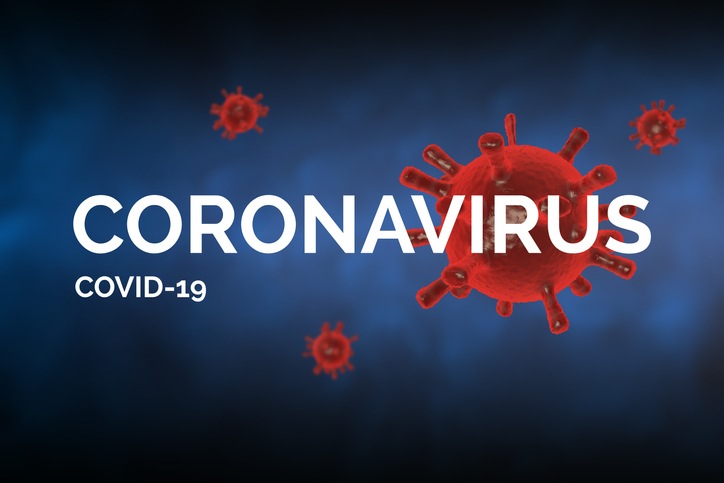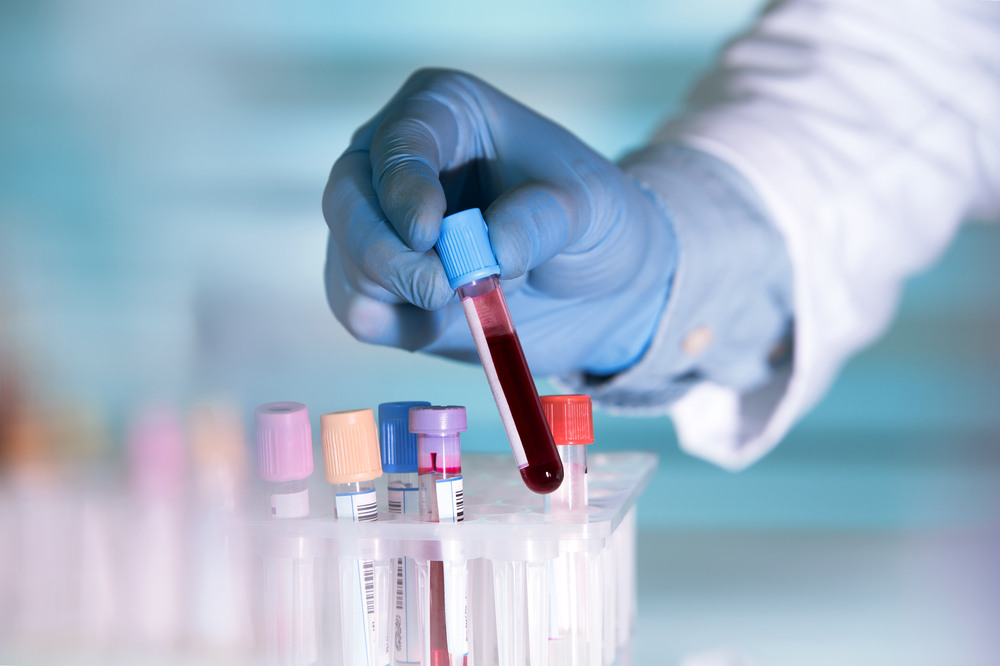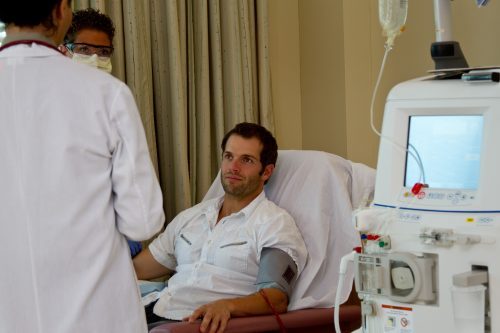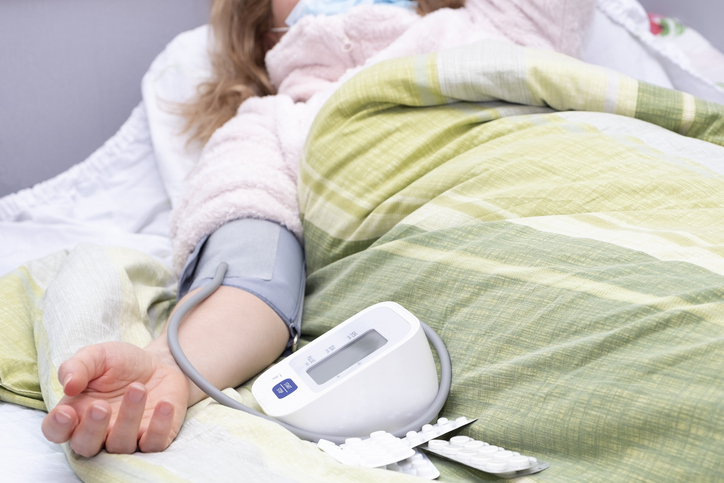
COVID-19 created a worldwide health, social, and economic crisis. Patients with COVID-19 usually present with respiratory and gastrointestinal symptoms, but severe cases can progress to a systemic disease affecting nearly all major organs.
Acute kidney injury (AKI) is a common complication of COVID-19 and, according to Jameela Abdulaziz Kari, MD, and colleagues, the pathophysiology of AKI in COVID-19 is multifactorial. The direct viral causes of AKI in COVID-19 are thought to be direct viral injury, dysregulated inflammation with cytokine storm, and vascular injury. However, the authors noted that other factors seen in similar diseases have been identified, including hypovolemia, heart failure (both left and right), sepsis, and dehydration.
There are few data available on the precise prevalence of AKI in patients with COVID-19. Reported estimates of AKI prevalence range from 19% to 46%, and as high as 68% of all critical care patients, with 20% of admitted patients requiring renal replacement therapy (RRT).
There are also variations in the reported epidemiology of AKI in children infected with SARS-CoV-2. Previous studies reported a strong association between AKI and Multisystem Inflammatory Syndrome in Children (MIS-C), a severe form of COVID-19 presentation that commonly occurs a few weeks following the initial, usually milder, symptoms.
Dr. Kari et al. conducted a retrospective cohort study to examine data from all children admitted to three tertiary centers in the Kingdom of Saudi Arabia (King Abdulaziz University Hospital, King Khalid University Hospital, and East Jeddah General Hospital) with COVID-19. The researchers sought to estimate the prevalence of AKI and its associated factors, as well as the care required in that patient population. Results of the study were reported online in BMC Nephrology [doi.org/10.1186/s12882-021-02389-9].
All children ≤14 years of age who tested positive for COVID-19 by polymerase chain reaction of nasal swab samples and were admitted to one of the three participating centers between March 1, 2020, and July 2020 were included. Exclusion criteria were positive COVID-19 patients with insufficient data, those who were seen in the emergency department with positive swabs but did not require hospital admission, or any previous admission for COVID-19. Neonates (age <28 days) and patients with evidence of pre-existing chronic kidney disease stages 3-5 were also excluded. Clinical outcome indicators were mortality rate, abnormally high creatinine, high blood pressure, or proteinuria.
The study included 89 children admitted with a confirmed diagnosis of COVID-19. Of the 89, 21% (n=19) developed AKI following admission. Patients who developed AKI were younger than those with normal kidney function. Most of the children in both groups (AKI and non-AKI) tended to be overweight (median body mass index in the 91st percentile). Children in the AKI group had increased number of comorbidities compared with those in the non-AKI group. No patient in either group had chronic renal impairment and all had normal levels of creatinine and estimated glomerular filtration rate at baseline.
Using staging criteria from the Kidney Disease Improving Global Outcomes guidelines for AKI, 58% of patients in the AKI group had AKI stage 1, 31.5% had stage 2, and 10.5% had stage 3. In 10 of the 11 children with stage 1 AKI, renal angina index (RAI) score was <8 (insignificant). However, all children with AKI stages 2 and 3 had a significant RAI score (≥8) and all of those with AKI stage 3 had a maximum RAI score of 40.
Of the children with AKI, 15% (all with AKI stage 3) presented with the full diagnostic criteria of MIS-C, compared with only 1.5% in the non-AKI group. Renal function deteriorated earlier in those with AKI stages 2 and 3 compared with children with AKI stage 1. In patients with AKI stage 2 or 3, the NINJA (Nephrotoxic Injury Negated by Just in Time Action) indicator of significant exposure to nephrotoxic medications was more frequently positive than among patients with stage 1 AKI or those in the non-AKI group (P<.001). Ninety-five percent of patients with AKI were non-oliguric and no patient had any evidence of hypervolemia. RRT was not prescribed in any patient with AKI.
There was a significant association between AKI and more frequent admission to the pediatric intensive care unit (PICU) (32% vs 2.8%; P<.01) and mortality (42% vs 0%; P<.001) compared with patients in the non-AKI group. There was no significant association between AKI and prolonged hospitalization (58% vs 40%; P=.163) or development of MIS-C (10.5% vs 1.4%; P=.051), compared with patients in the non-AKI group. Following adjustment for age, sex, and the presence of comorbidities, the association between AKI and mortality remained significant (adjusted odds ratio [aOR], 14.6; P=.041), as did the association between AKI and admission to the PICU (aOR, 10.1; P=.009).
Nine percent of the study population had renal impairment at discharge, which was influenced by predictive factors including presence of comorbidities (P=.023), hypotension (P<.001), hypoxia (P=.02), heart failure (P=.001), adult respiratory distress syndrome (P=.005), hypernatremia (P=.011), abnormal liver profile (P=.046), high C-reactive protein (P=.033), and positive blood culture (P=.002).
The small population size of the study population was cited by the authors as a limitation to the findings, as were the retrospective design and short study duration.
In conclusion, the researchers said, “In the setting of COVID-19, AKI occurred in approximately one-fifth of our hospitalized children, and more than one-third of those required PICU admission. AKI is more commonly found in younger children and in those with comorbid conditions. AKI is associated with increased mortality and morbidity. A small proportion of children with AKI can develop residual renal impairment at the time of discharge. Nonetheless, it tends to be milder than in adults, with a lower incidence of oliguria and less need for RRT.”
Takeaway Points
- Researchers conducted a study to examine the prevalence of acute kidney injury (AKI) in children hospitalized with COVID-19.
- Of the 89 children in the study cohort, 21% (n=19) developed AKI (52.6% stage 1).
- There was an association between a high renal angina index score and AKI severity, and multisystem inflammatory syndrome in children was increased in those with COVID-19 related AKI compared with children with COVID-19 without AKI.







 © 2025 Mashup Media, LLC, a Formedics Property. All Rights Reserved.
© 2025 Mashup Media, LLC, a Formedics Property. All Rights Reserved.